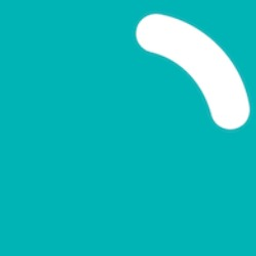Back
Fees
Investing Strategy
What are the fees to invest in ivv, vas and ndq
10 views
Share
0 likes
Craig Pascoe
Asked on 28 October 2024
Comments (2)
Sign in to add a comment
When considering investments in ETFs like IVV, VAS, and NDQ, it’s important to understand the fee structures as they can impact your overall returns.
- IVV (iShares S&P 500 ETF): This ETF tracks the S&P 500 index, providing exposure to large U.S. companies. The management fee for IVV is the lowest of the three, at just 0.04%. This low fee means that more of your investment stays working for you rather than going towards administrative costs.
- VAS (Vanguard Australian Shares Index ETF): VAS tracks the performance of the ASX 300 index, offering exposure to some of the largest companies in Australia. The management fee for VAS is 0.07%, which is still relatively low and helps to keep more of your money invested in the market.
- NDQ (BetaShares NASDAQ 100 ETF): This ETF provides exposure to the 100 largest non-financial companies listed on the NASDAQ stock market, including technology giants like Apple and Google. NDQ has a slightly higher management fee of 0.48%. While higher than IVV and VAS, it’s still competitive for specialized exposure to high-growth tech stocks.
Each of these ETFs offers a different focus in terms of market exposure and fee structure, allowing investors to choose based on their investment goals and preferences. Lower fees like those of IVV and VAS mean less drag on returns, which can be particularly appealing for long-term investors. You should review the PDS for any ETF you’re considering to understand any other indirect costs included, however given all of the three considered are large and managed by well established ETF managers it is likely that any indirect costs will be competitive also.
For Pearler users, these ETFs can be a great way to diversify portfolios while keeping costs low. Pearler’s focus on long-term investing aligns well with the cost-effective structure of these ETFs, making them suitable options for building a diversified investment portfolio.
You can find o
Show more.....
Reply
0 likes
